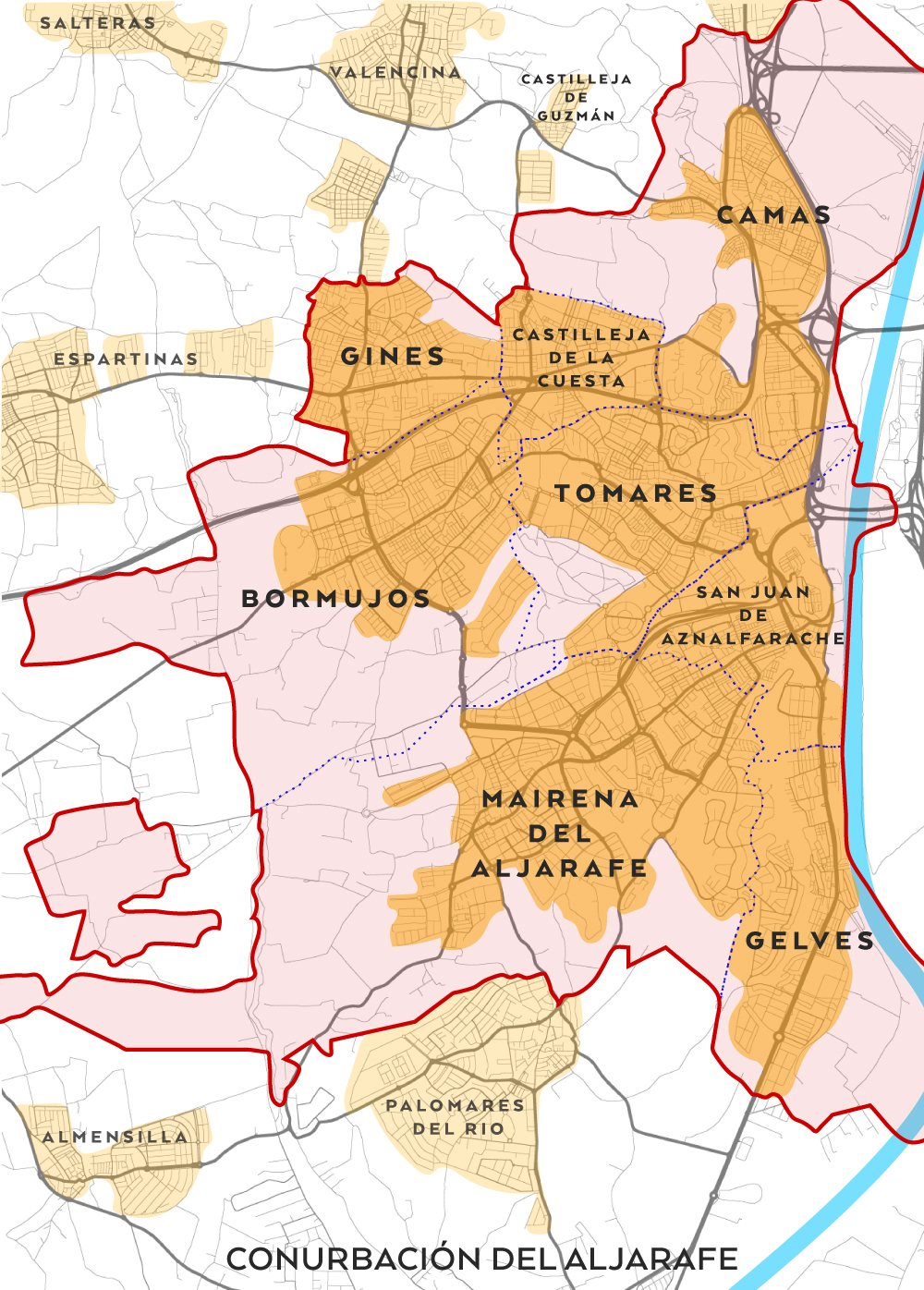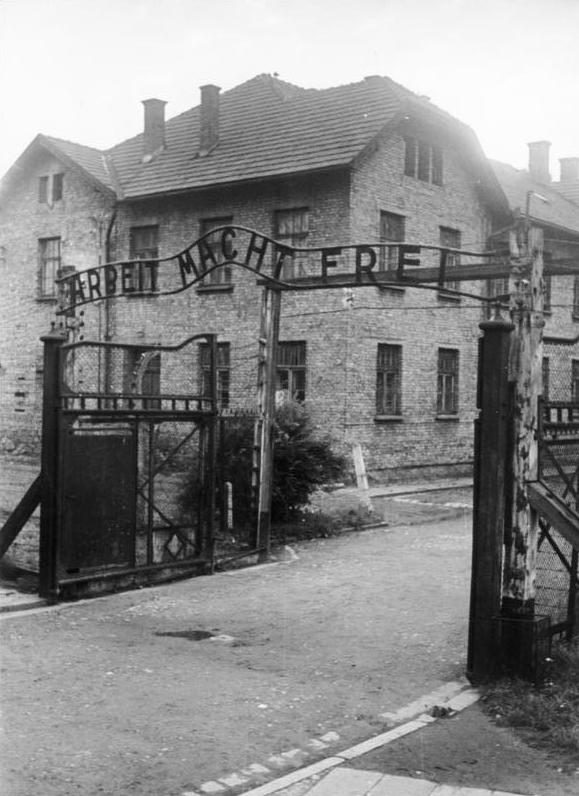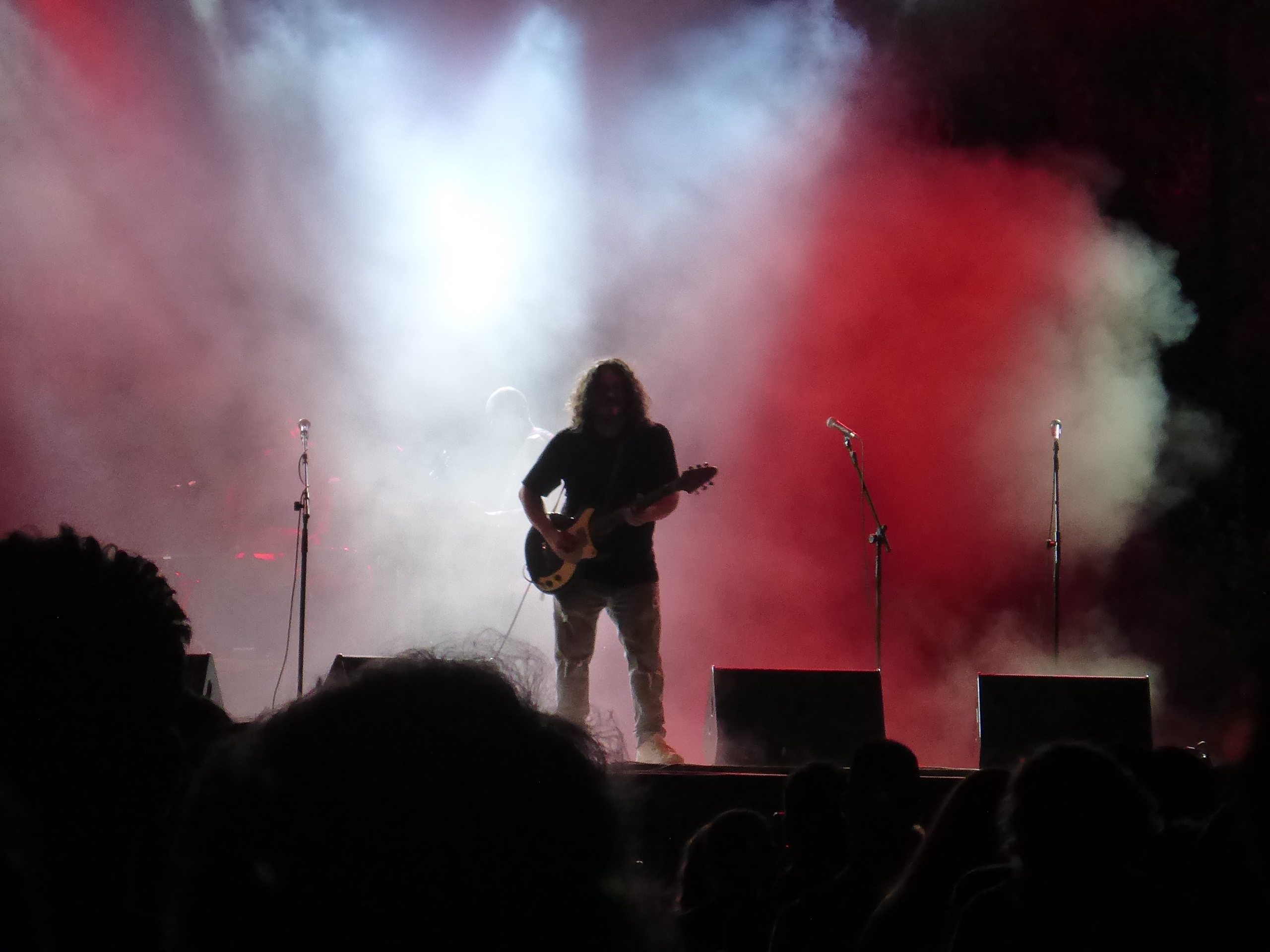|
Pansequito
José Cortés Jiménez (8 January 1945 – 17 February 2023), known mononymously as Pansequito, was a Spanish flamenco singer. Early life José Cortés Jiménez was born in La Línea de la Concepción, into a family of flamenco tradition, he spent his childhood in Seville and later in El Puerto de Santa María, which would give him the artistic surname of his beginnings and from where he would be named adoptive son in 2001. Career Pansequito began his professional career in the tablaos of Malaga, but in 1963, Manolo Caracol hired him to work in his Madrid tablao Los Canasteros. Pansequito was part of the company of Antonio Gades, with which he sang in countries like England, Hungary, Yugoslavia and Greece. He was then considered a flamenco renovator, obtaining in 1974 the 'Creativity Award' in the National Contest of Córdoba. Regarding this award, the Jerez-born flamencologist Juan de La Plata has said: "For sounding different and bringing a refreshing air to flamenco, he was ... [...More Info...] [...Related Items...] OR: [Wikipedia] [Google] [Baidu] |
La Línea De La Concepción
La Línea de la Concepción (, more often referred to as La Línea) is a municipality of Spain belonging to the province of Cádiz, Andalusia. The city lies on the sandy isthmus which is part of the eastern flank of the Bay of Gibraltar, and it limits with the Gibraltar–Spain border to the south. La Línea has close economic and social links with the British overseas territory of Gibraltar. The first dwellings, which date back to the 18th century, were behind the Spanish lines, being part of the municipality of San Roque until 1870, when La Línea became a standalone municipality. The people of La Línea have traditionally found work in Gibraltar, from the days in the 18th century when Gibraltar was an important naval port. This stopped with the total closure of the border by the Spanish government between 9 June 1969 and 15 December 1982 as a result of the dispute between Spain and Britain regarding the sovereignty of Gibraltar. The border was fully reopened on 5 F ... [...More Info...] [...Related Items...] OR: [Wikipedia] [Google] [Baidu] |
Gines
Gines is a municipality in the south-west Spain, in the province of Seville, Andalusia. It is part of the metropolitan area of Seville. Gines has a population of 13,529 inhabitants as of 2021 and an area of . Founded in Roman times, the land has been inhabited since prehistoric times, and for centuries the production of olives and olive oil has been of great importance due to the fertility of its land. Since the mid-twentieth century a process population growth began due to the proximity to Seville. By the end of the century almost all of the land area was built-up, forming a conurbation with nearby towns. Today it has a service based economy and it is one of the municipalities with the highest income in Andalusia. Geography Gines is located on the Aljarafe plateau, at an altitude of 123 metres above sea level and about 6 km from Seville (which is almost at sea level). The municipalities closest to Gines are Bormujos, Valencina de la Concepción, Espartinas and C ... [...More Info...] [...Related Items...] OR: [Wikipedia] [Google] [Baidu] |
21st-century Spanish Singers
The 1st century was the century spanning AD 1 ( I) through AD 100 ( C) according to the Julian calendar. It is often written as the or to distinguish it from the 1st century BC (or BCE) which preceded it. The 1st century is considered part of the Classical era, epoch, or historical period. The 1st century also saw the appearance of Christianity. During this period, Europe, North Africa and the Near East fell under increasing domination by the Roman Empire, which continued expanding, most notably conquering Britain under the emperor Claudius (AD 43). The reforms introduced by Augustus during his long reign stabilized the empire after the turmoil of the previous century's civil wars. Later in the century the Julio-Claudian dynasty, which had been founded by Augustus, came to an end with the suicide of Nero in AD 68. There followed the famous Year of Four Emperors, a brief period of civil war and instability, which was finally brought to an end by Vespasian, ninth Roman emperor ... [...More Info...] [...Related Items...] OR: [Wikipedia] [Google] [Baidu] |
Flamenco Singers
The cante flamenco (), meaning "flamenco singing", is one of the three main components of flamenco, along with ''toque'' (playing the guitar) and ''baile'' (dance). Because the dancer is front and center in a flamenco performance, foreigners often assume the dance is the most important aspect of the art form — in fact, it is the ''cante'' which is the heart and soul of the genre. A ''cante'' singer is a ''cantaor'' or ''cantaora''. The cante flamenco is part of musical tradition in the Andalusian region of Spain. Its origins are uncertain but scholars see many influences in the cante flamenco including: The traditional song of the gitanos (Spanish Gypsies), the Perso-Arab Zyriab song form, the classical Andalusian orchestras of the Islamic Empire, the Jewish synagogue chants, Mozarabic forms such as zarchyas and zambra, Arabic zayal (the foundation for the Fandango), and Andalusian regional folk forms, as well as West African and South American influences as seen in the '' cant ... [...More Info...] [...Related Items...] OR: [Wikipedia] [Google] [Baidu] |
People From La Línea De La Concepción
A person ( : people) is a being that has certain capacities or attributes such as reason, morality, consciousness or self-consciousness, and being a part of a culturally established form of social relations such as kinship, ownership of property, or legal responsibility. The defining features of personhood and, consequently, what makes a person count as a person, differ widely among cultures and contexts. In addition to the question of personhood, of what makes a being count as a person to begin with, there are further questions about personal identity and self: both about what makes any particular person that particular person instead of another, and about what makes a person at one time the same person as they were or will be at another time despite any intervening changes. The plural form "people" is often used to refer to an entire nation or ethnic group (as in "a people"), and this was the original meaning of the word; it subsequently acquired its use as a plural form of ... [...More Info...] [...Related Items...] OR: [Wikipedia] [Google] [Baidu] |
2023 Deaths
The following notable deaths occurred in 2023. Names are reported under the date of death, in alphabetical order. A typical entry reports information in the following sequence: * Name, age, country of citizenship at birth, subsequent nationality (if applicable), what subject was noted for, cause of death (if known), and reference. January 18 17 * Jay Briscoe, 38, American professional wrestler (ROH, CZW, NJPW), traffic collision. *Teodor Corban, 65, Romanian actor ('' 12:08 East of Bucharest'', ''4 Months, 3 Weeks and 2 Days'', '' Tales from the Golden Age''). *Manana Doijashvili, 75, Georgian pianist. *Leon Dubinsky, 81, Canadian actor ('' Life Classes'', '' Pit Pony''), theatre director and composer (" Rise Again"). * Renée Geyer, 69, Australian singer (" Say I Love You", " Heading in the Right Direction", " Stares and Whispers"), complications from hip surgery. *, 89, Italian choreographer and television and theatre director. *, 90, Iranian voice actor. * Larry Morr ... [...More Info...] [...Related Items...] OR: [Wikipedia] [Google] [Baidu] |
1945 Births
1945 marked the end of World War II and the fall of Nazi Germany and the Empire of Japan. It is also the only year in which Nuclear weapon, nuclear weapons Atomic bombings of Hiroshima and Nagasaki, have been used in combat. Events Below, the events of World War II have the "WWII" prefix. January * January 1 – WWII: ** Nazi Germany, Germany begins Operation Bodenplatte, an attempt by the ''Luftwaffe'' to cripple Allies of World War II, Allied air forces in the Low Countries. ** Chenogne massacre: German prisoners are allegedly killed by American forces near the village of Chenogne, Belgium. * January 6 – WWII: A German offensive recaptures Esztergom, Kingdom of Hungary (1920–1946), Hungary from the Russians. * January 12 – WWII: The Soviet Union begins the Vistula–Oder Offensive in Eastern Europe, against the German Army (Wehrmacht), German Army. * January 13 – WWII: The Soviet Union begins the East Prussian Offensive, to eliminate German forces in East Pruss ... [...More Info...] [...Related Items...] OR: [Wikipedia] [Google] [Baidu] |
Bienal De Flamenco
The Bienal de Flamenco is celebrated in Seville, Spain , image_flag = Bandera de España.svg , image_coat = Escudo de España (mazonado).svg , national_motto = '' Plus ultra'' ( Latin)(English: "Further Beyond") , national_anthem = (English: "Royal March") , ..., in different theatres of the city. This festival features dancers, vocalists, and guitarists in a display ranging from flamenco puro to innovative new works. The festival was first celebrated in 1980, with Jose Luis Ortiz Nuevo as the director and with a poster designed by Joaquín Sáenz. The Giraldillo (the festival award) was won by Calixto Sanchez. References External linksOfficial site of Bienal de Flamenco [...More Info...] [...Related Items...] OR: [Wikipedia] [Google] [Baidu] |
Francoist Spain
Francoist Spain ( es, España franquista), or the Francoist dictatorship (), was the period of Spanish history between 1939 and 1975, when Francisco Franco ruled Spain after the Spanish Civil War with the title . After his death in 1975, Spain transitioned into a democracy. During this time period, Spain was officially known as the Spanish State (). The nature of the regime evolved and changed during its existence. Months after the start of the Spanish Civil War in July 1936, Franco emerged as the dominant rebel military leader and was proclaimed head of state on 1 October 1936, ruling a dictatorship over the territory controlled by the Nationalist faction. The 1937 Unification Decree, which merged all parties supporting the rebel side, led to Nationalist Spain becoming a single-party regime under the FET y de las JONS. The end of the war in 1939 brought the extension of the Franco rule to the whole country and the exile of Republican institutions. The Francoist dictator ... [...More Info...] [...Related Items...] OR: [Wikipedia] [Google] [Baidu] |
Raimundo Amador
Raimundo Amador Fernández (born in Sevilla on May 26, 1959) is a Spanish gypsy guitar player. Biography He started playing the guitar for well-known flamenco artists like Fernanda de Utrera or Camarón de la Isla and Paco de Lucía. Later he followed his own way mixing flamenco and blues Blues is a music genre and musical form which originated in the Deep South of the United States around the 1860s. Blues incorporated spirituals, work songs, field hollers, shouts, chants, and rhymed simple narrative ballads from the Afr ... (he performed with BB King), founding the Pata Negra group and collaborating with Kiko Veneno in the 80s. References External links Raimundo Amador {{DEFAULTSORT:Amador, Raimundo 1959 births Living people Musicians from Andalusia Flamenco Spanish flamenco guitarists Spanish male guitarists People from Seville Romani guitarists Spanish Romani people Flamenco guitarists ... [...More Info...] [...Related Items...] OR: [Wikipedia] [Google] [Baidu] |



_1938.jpg)


